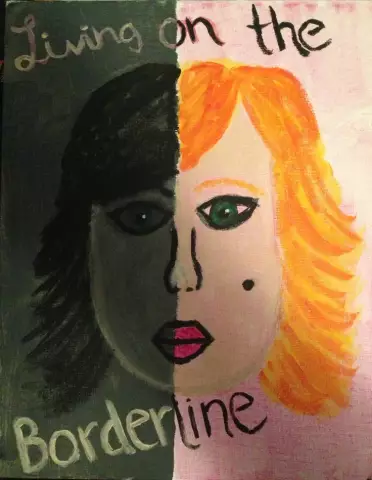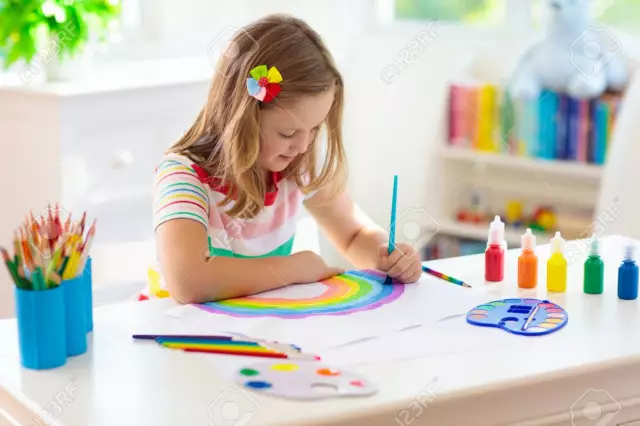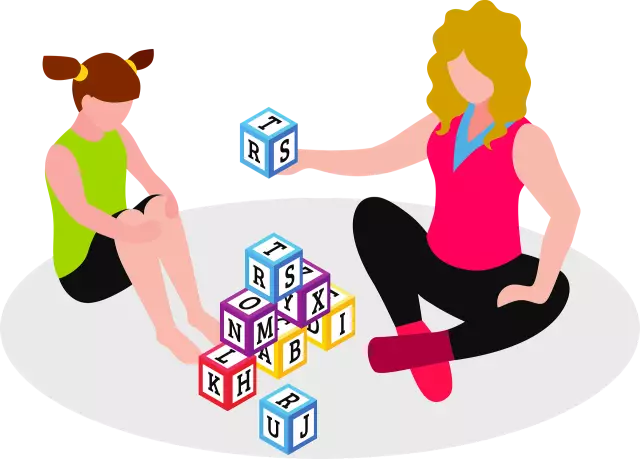- Author Rachel Wainwright [email protected].
- Public 2023-12-15 07:39.
- Last modified 2025-11-02 20:14.
Art therapy and its possibilities
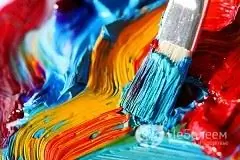
Art therapy is one of the methods of influencing the psyche in order to provide assistance. This method has been used for a long time, since the positive influence of art on a person's state of mind has been known since ancient times. Actually, many things people do subconsciously, not realizing that they are resorting to art therapy. For example, when the mother of a baby who is afraid of the dark asks him to draw something that scares him, she is engaged in art therapy. When a person buys tickets for a concert of their favorite band and invites a depressed friend with him, he acts as an art therapist. Many medical clinics have their own art galleries; painting has such a strong positive effect on the health of patients.
The mechanism of action of art therapy
Art therapy in its active form allows a person to reveal that hidden that prevents him from living in symbolic images. Whatever a person creates, he reproduces himself, his thoughts and feelings, and this allows, with the help of decoding, to understand what worries him. When a problem is identified, it is half-solved - a well-known statement, the validity of which is confirmed by psychotherapists who successfully practice this direction. After identifying "demons" they can be studied and analyzed with the help of a psychotherapist, and, as a rule, at this stage, getting rid of them occurs, the problem loses its acuteness, and sometimes disappears completely.
Passive art therapy, when a person acts as a contemplator of other people's works, has a different mechanism of influence - an emotional one. Objects of art, just like music, are a non-verbal means of conveying information, an opportunity to compare your emotions with the emotions of other people, analyzing someone else's work, to feel your consonance with him, to get a charge of positive energy when it is urgently needed.
When art treatment is applied
In short, art therapy can always be used when the soul is bad. According to historical data, for the first time as a method of psychological correction, art treatment was used during the Second World War in the United States, where this method was used to treat children exported from Europe. Many of these children experienced trauma so severe that not every adult could cope, but they were not mentally ill. It was obvious to specialists that if nothing was done, the experience would be "conserved" in the subconscious, but would be a source of very serious mental and somatic problems. Art therapy has proven itself so well that to this day it is considered one of the best ways to psychotherapy loss.
The method of art therapy has wide indications for use: depressive state, reduced stress resistance, emotional instability, pathologies of social behavior, neuroses, inferiority complexes, increased anxiety, phobias, mental trauma of various origins, including the positive effect of art therapy in providing assistance victims of violence from military to family. In the West, the use of this type of psychocorrection is used in the complex of treatment of somatic diseases, especially for diseases that are characterized by a severe course and persistent, long-term treatment. Thus, art therapy is successfully practiced as a method of rehabilitation for patients who have undergone neurosurgical interventions, suffering from oncopathology, tuberculosis, etc.
Art treatment can be used both as the main method of psychocorrection, and as an additional effect in the complex therapy of diseases.
Types of art therapy
The classification of art therapy, in addition to the already mentioned active and passive approach, is based on the type of art with which the psyche is influenced. Its main type is treatment with the help of fine art, in other words, drawing, also called isotherapy. This is one of the most versatile and at the same time powerful methods of influencing the psyche using very simple means. There are also music therapy, dance therapy, puppet therapy, theater therapy (play therapy) and bibliotherapy with a separate direction - fairy tale therapy.
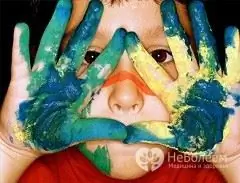
The most important features and distinguishing features of art therapy are, firstly, the presence of a psychotherapist in the classroom, and his leadership of the process, and, secondly, the fact that no special skills are required from patients. For example, if a person does not know how to draw, this is not a reason for refusing an art therapy session, since the aesthetic component of the process in this case is not the main one.
There are also individual and group art therapy, each of which has its own indications and limitations.
What are the advantages of the method
There are many benefits to the art therapy method. The main ones are efficiency and perfect safety - treatment with art does not produce any side effects.
Art therapy, in contrast to the verbal approach, allows you to relieve tension and bypass rigid self-control almost immediately. Indeed, often, speaking with a psychotherapist, a person either cannot formulate his thoughts in the right way, or does not want to do it, being afraid to let a stranger into his inner world, which is already in a painful state. With art treatment, this problem is removed. This is especially true for isotherapy, and not least due to this property, the method is recognized as universal. Here, a person is left alone with objects - paper and paints, to which he is not afraid to entrust his feelings, and at the same time the information received by the psychotherapist bypassing the patient's consciousness is truly priceless. Everything matters, from the location of the lines to the choice of color, and each such manifestation is a word to the doctor,an indicator of the state of mind.
A few tips from art therapists
Of course, a full-fledged session of psychocorrection by this method is possible only with the participation of a psychotherapist. However, art therapy is one of the rare occasions when self-medication can be beneficial.
If you are under stress, if you feel that you are drawn into black depression, art therapists recommend trying to portray what is troubling you in a drawing - in any way that you deem appropriate. Add as much detail to the drawing as you like and color it however you like. Give this activity half an hour or an hour every day, and there is a high probability that after a week you will clearly realize that depressive thoughts and depression are receding.
For people who have survived the death of a loved one and are not able to come to terms with the loss, psychotherapists recommend writing a farewell letter to the deceased, in which you need to express everything that I would like to say about him and about your feelings. It can be a painful experience, but as you do it, you will surely feel the mental pain gradually ease.
Found a mistake in the text? Select it and press Ctrl + Enter.

